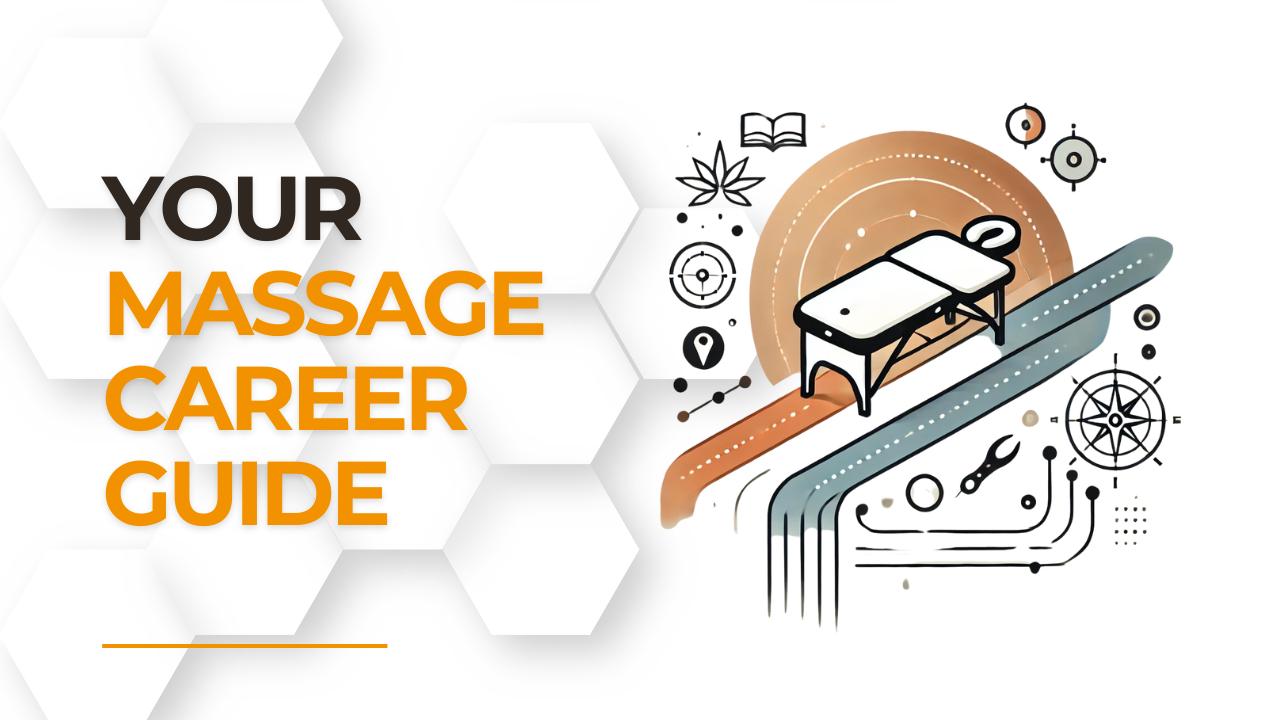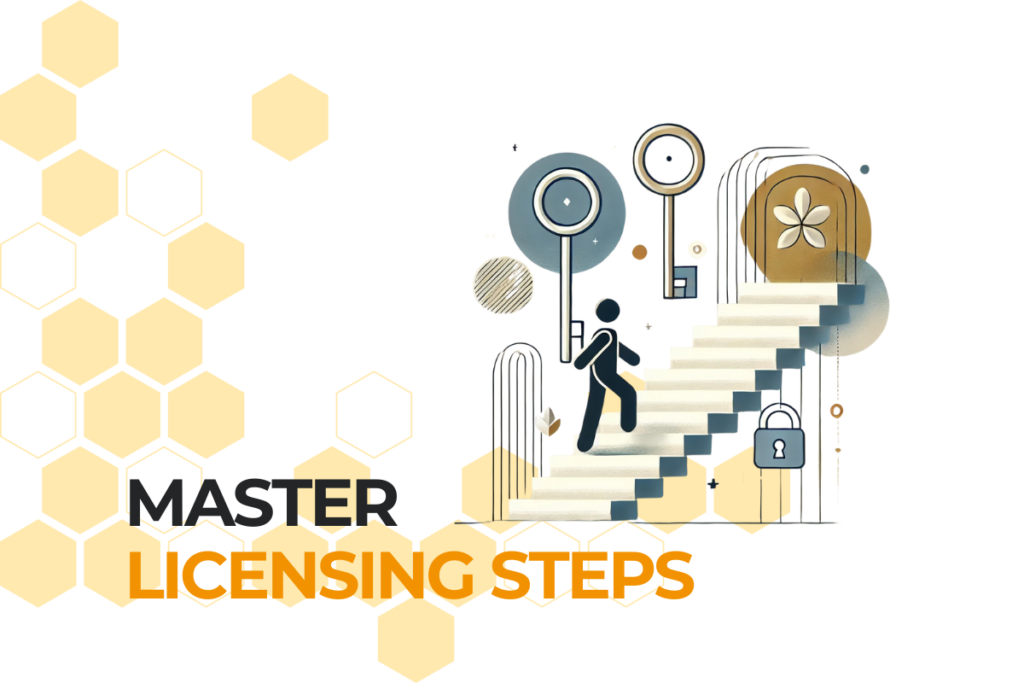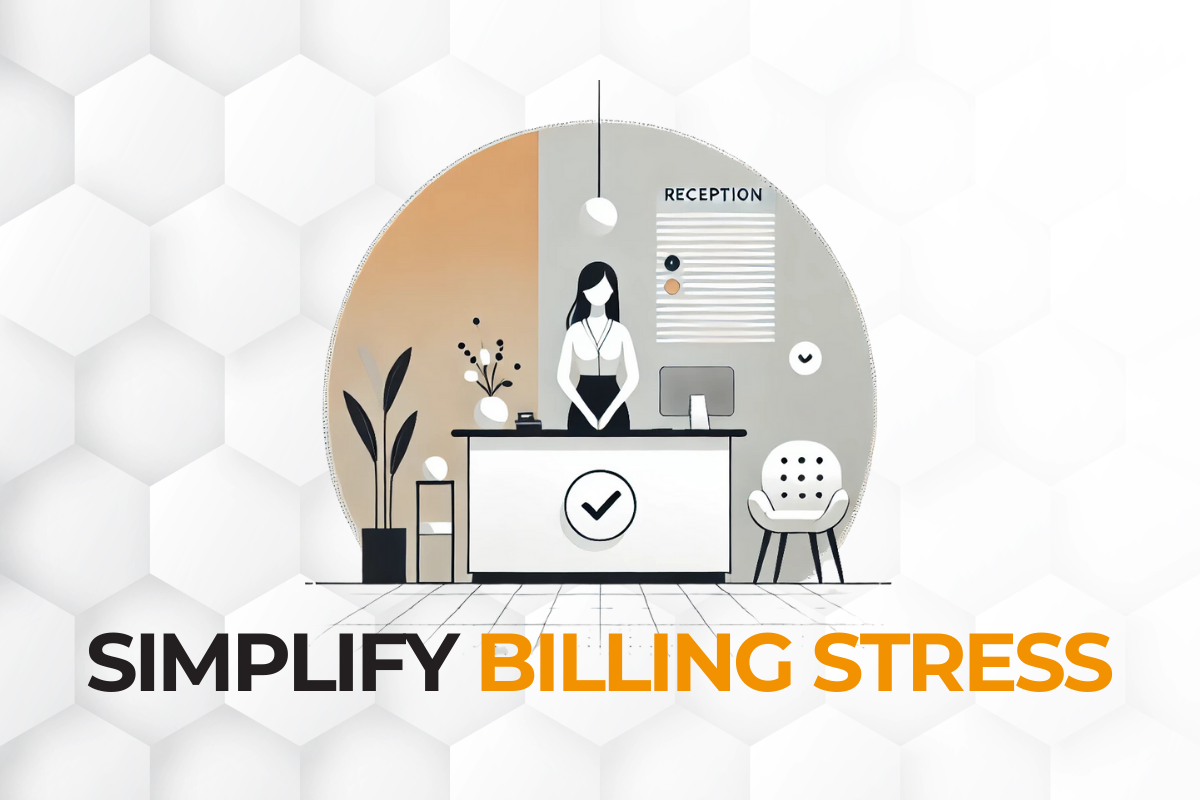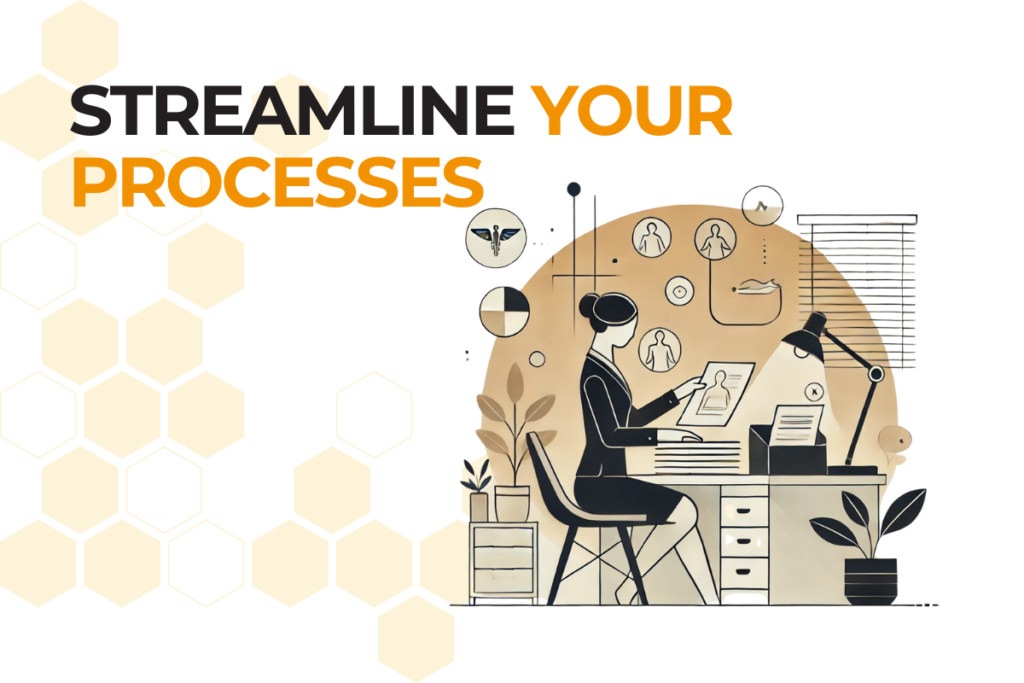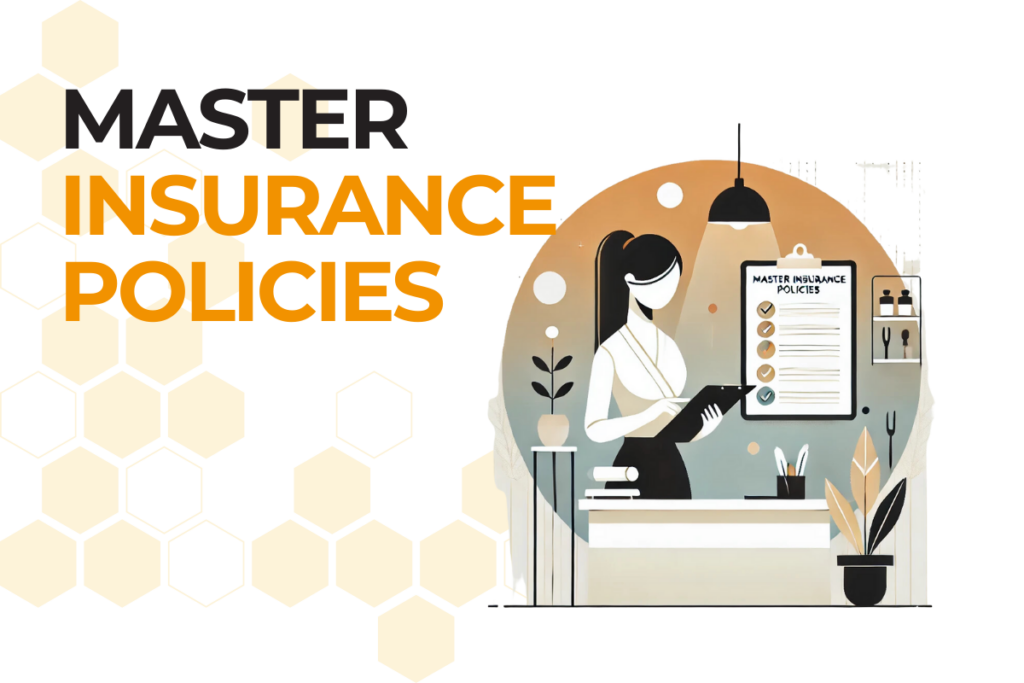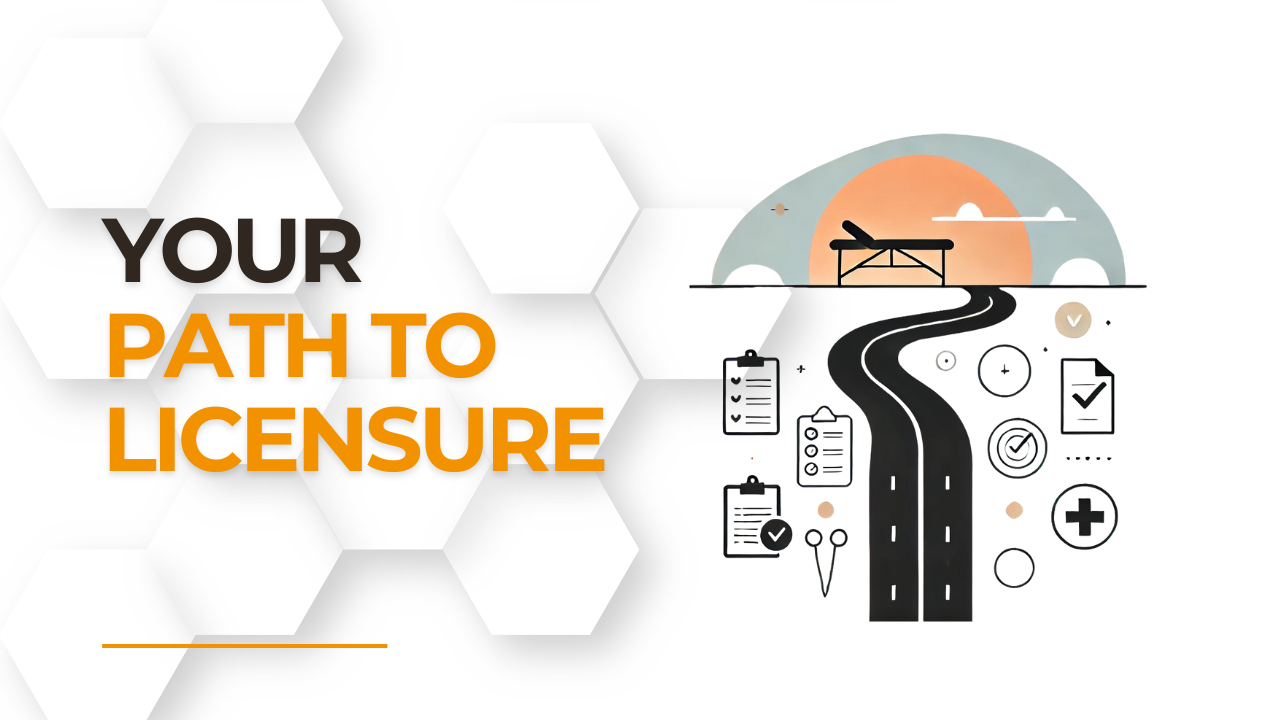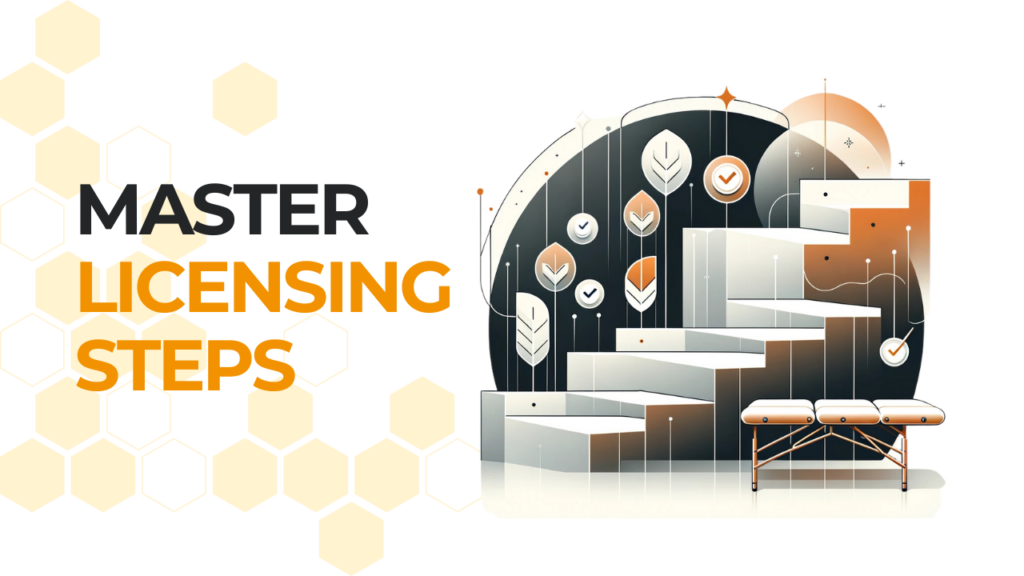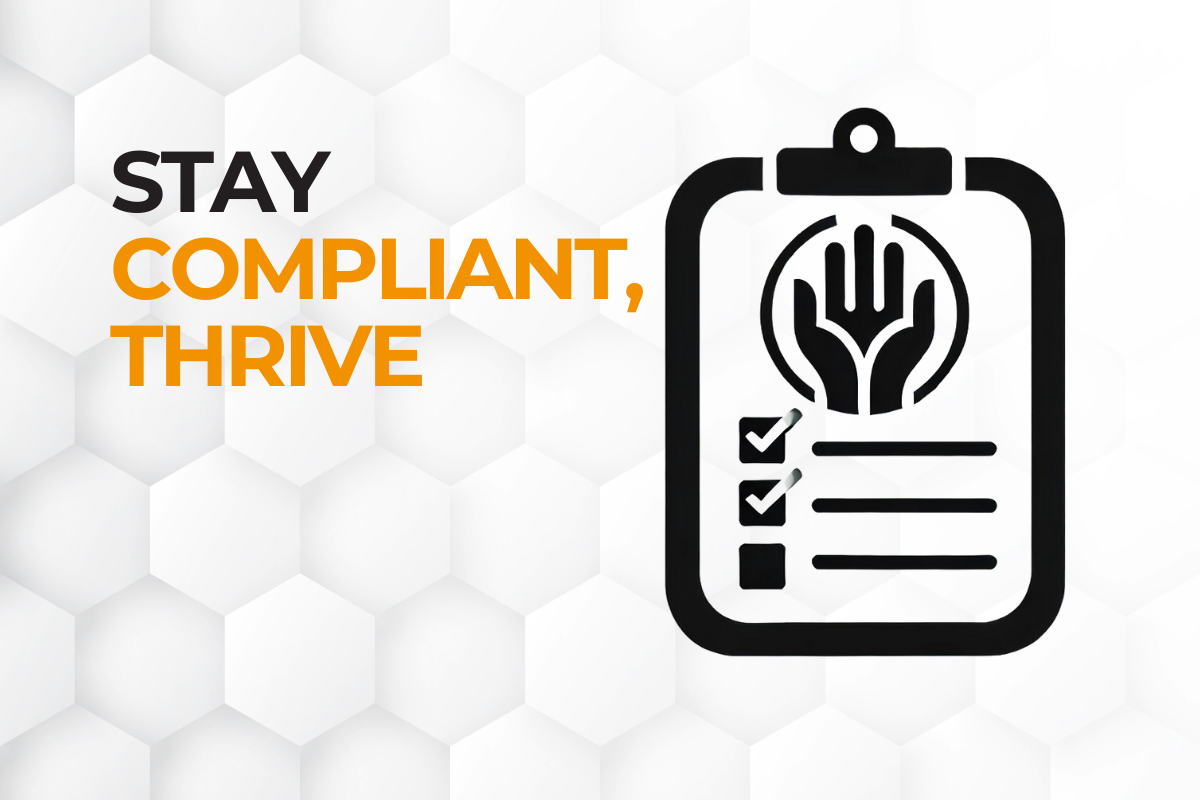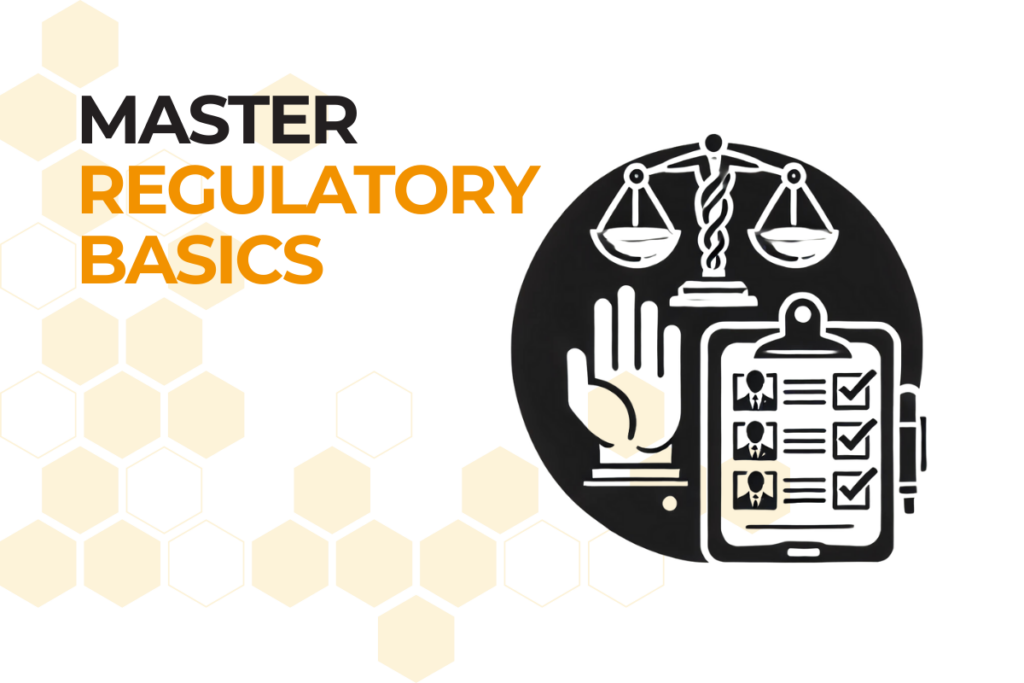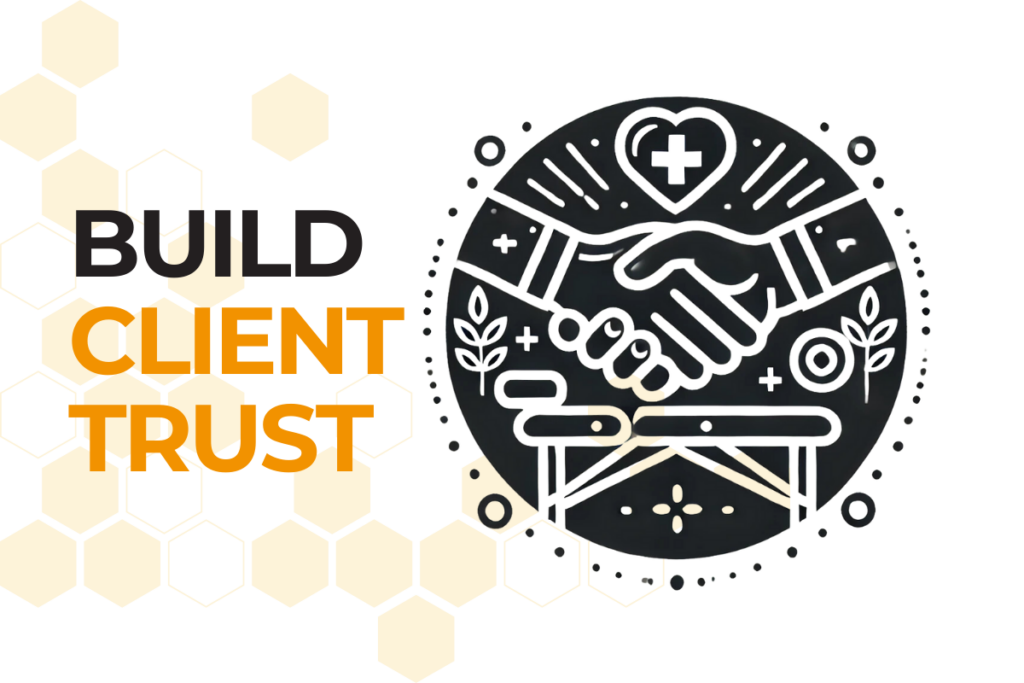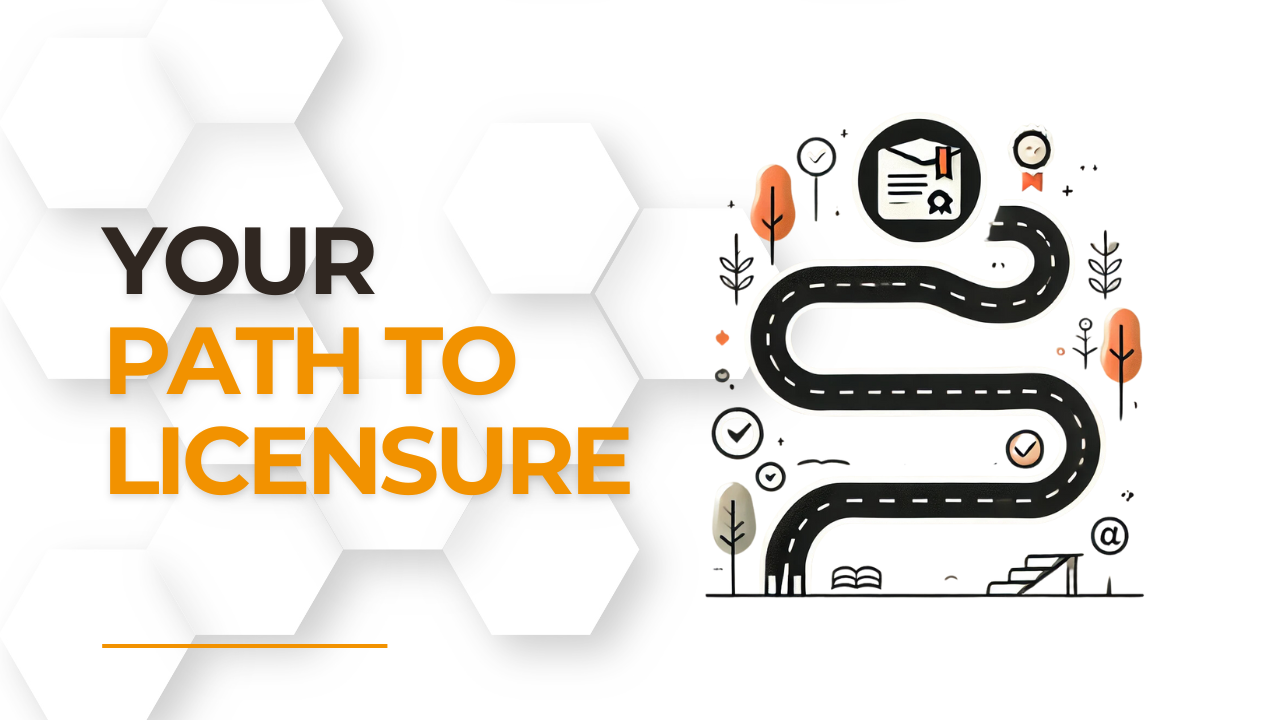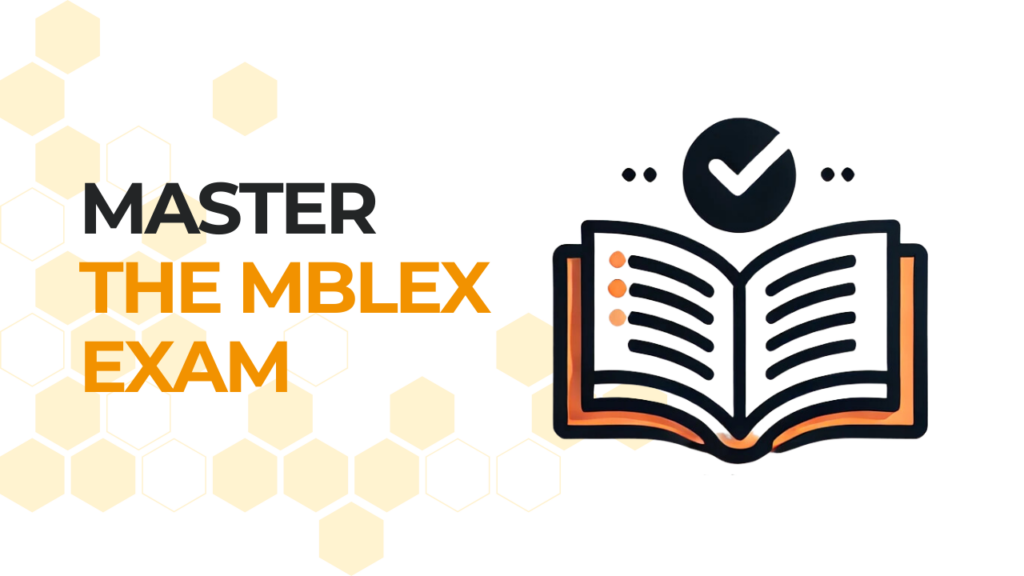Simplify Your Path to Success
Becoming a licensed massage therapist in Texas is not just a career choice—it’s an opportunity to make a meaningful difference in the lives of your clients while pursuing a fulfilling profession. However, the process can feel overwhelming due to detailed educational requirements, rigorous licensing exams, and essential career preparation steps. Many aspiring professionals face challenges like selecting the right accredited program, preparing for the MBLEx exam, and navigating the application process. Without proper guidance, these hurdles can seem insurmountable.
This guide simplifies the journey into manageable steps, offering practical tips, actionable advice, and expert insights tailored to Texas’s requirements. From choosing a program that aligns with your goals to preparing for a thriving career in massage therapy, you’ll gain the knowledge and tools needed to confidently achieve your dream of becoming a licensed massage therapist in Texas.
Understanding Texas State Licensing Requirements
Why Texas Has Specific Standards
Texas maintains high standards for massage therapists to ensure professionalism and public safety. Meeting these requirements is essential to starting your career with confidence.
Key Steps to Licensure
- Complete 500 Hours of Education: Enroll in a Texas Department of Licensing and Regulation (TDLR)-approved program.
- Pass the MBLEx Exam: This national test assesses your knowledge of massage therapy practices, anatomy, and ethics.
- Obtain CPR Certification: A CPR course is mandatory to meet safety requirements.
- Background Check: A fingerprint-based criminal history background check is required to finalize your application.
By completing these steps, you’ll be well on your way to becoming a licensed massage therapist in Texas.
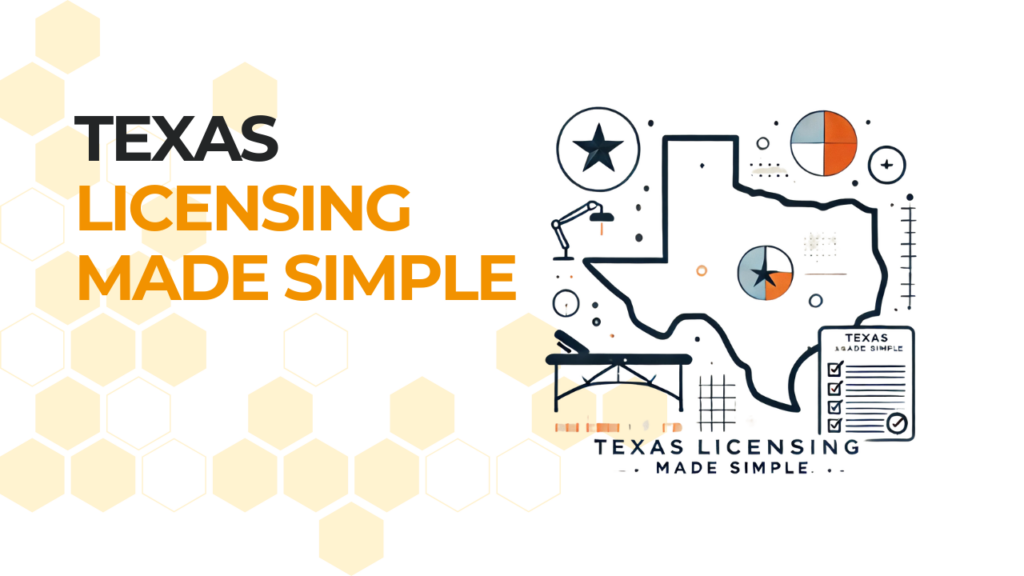
Choosing an Accredited Massage Therapy Program
The Importance of Accreditation
Selecting a TDLR-approved program ensures your education meets state standards and prepares you for a successful career. Accreditation also guarantees that you’re equipped with both theoretical knowledge and practical skills.
How to Choose the Right Program
- Research Your Options: Compare programs based on location, cost, and available specialties.
- Visit Schools: Observe classes and meet instructors to evaluate program quality.
- Look for Financial Aid: Scholarships, grants, and flexible payment plans can make education more affordable.
Internal Link: Learn how Hivemanager’s class scheduling tools can support training programs in developing future licensed massage therapists in Texas.
Preparing for the MBLEx Examination
Your Key to Licensure
The Massage and Bodywork Licensing Examination (MBLEx) is a critical step in becoming a licensed massage therapist in Texas. Success depends on thorough preparation.
Study Tips for Exam Success
- Develop a Study Schedule: Dedicate consistent time to core topics like anatomy, ethics, and pathology.
- Use Practice Exams: Familiarize yourself with the test format and identify areas needing improvement.
- Join Study Groups: Collaborate with peers to deepen your understanding and share study techniques.
Access MBLEx preparation resources to boost your confidence and readiness.
Navigating the Licensing Process
From Application to Approval
Once your education and exams are complete, the final step is submitting your application through the TDLR.
Step-by-Step Process
- Submit Your Application: Complete the online licensing application on the TDLR website.
- Provide Documentation: Include proof of education, exam results, and CPR certification.
- Complete a Background Check: Schedule your fingerprinting with an approved vendor.
- Pay Fees: Ensure timely payment of licensing and application fees.
Common Pitfalls to Avoid
- Incomplete Forms: Double-check all sections of your application to avoid delays.
- Missed Deadlines: Keep track of submission dates to ensure a smooth process.
Internal Link: Learn how Hivemanager’s task tracking features can help you stay organized during the licensing process.

Launching Your Massage Therapy Career
Unlocking Career Opportunities
As a licensed massage therapist in Texas, you’ll have access to various career paths tailored to your skills and interests.
Career Settings to Consider
- Wellness Centers and Spas: Perfect for gaining experience in a structured environment.
- Private Practice: Offers flexibility and the chance to build your own client base.
- Medical Environments: Collaborate with healthcare professionals to deliver therapeutic treatments.
Building a Strong Foundation
- Market Yourself: Create a professional website and leverage social media to attract clients.
- Stay Certified: Complete continuing education requirements to maintain your license and stay updated on industry trends.
- Organize Client Records: Use a SOAP note template PDF for streamlined documentation and professional record-keeping.
Empower Your Future
Becoming a licensed massage therapist in Texas is more than just earning a credential—it’s the foundation of a career that combines passion and purpose. As a massage therapist, you’ll have the opportunity to enhance clients’ well-being, promote relaxation, and address physical challenges while pursuing personal and professional growth.
By following this carefully designed roadmap, you’ll gain the knowledge and skills to overcome challenges, meet Texas’s requirements, and build a thriving career in massage therapy. Whether you dream of working in a spa, a medical setting, or your own private practice, this journey will set you up for long-term success and fulfillment.
Frequently Asked Questions
The process typically takes 6–12 months, depending on your program length and exam preparation.
Costs range from $5,000 to $10,000, covering tuition, exam fees, and application expenses.
Yes, many programs offer flexible schedules to accommodate working students.
Licensed massage therapists in Texas must complete 12 hours of continuing education every two years to renew their license.


